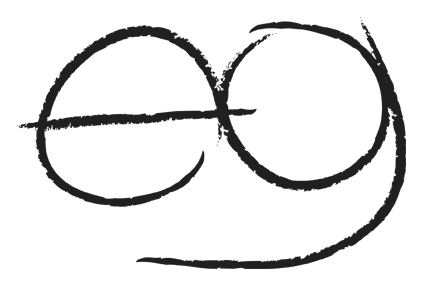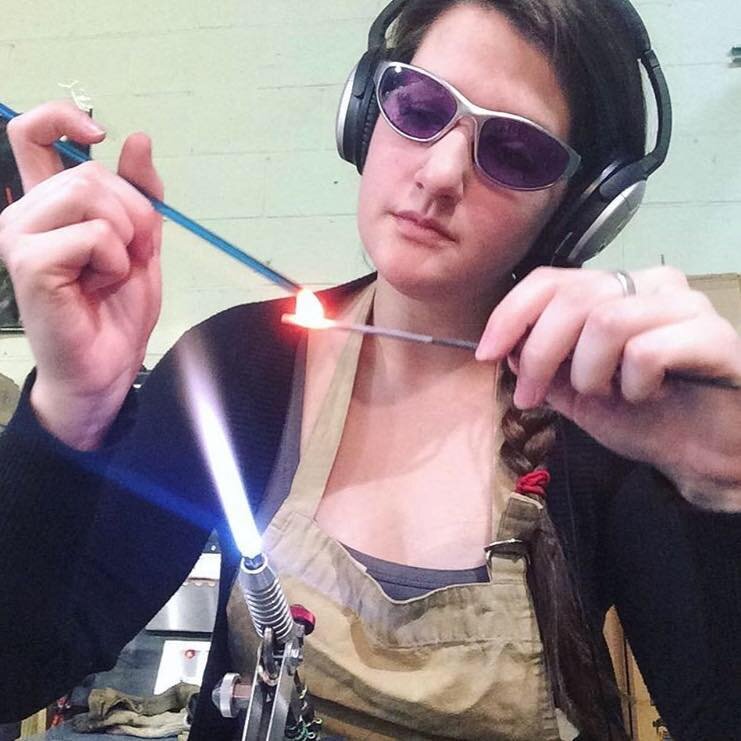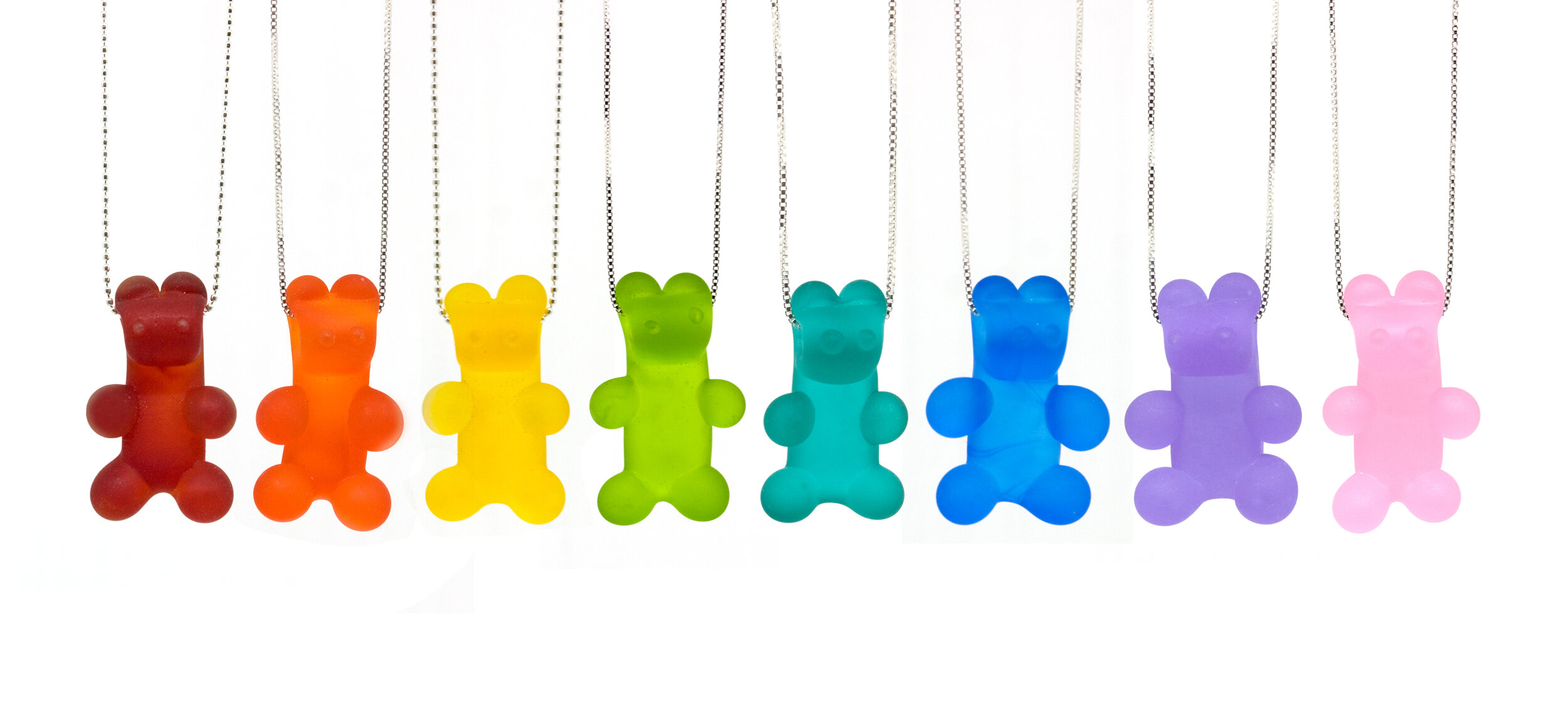The Canadian Craft Federation is celebrating Craft Year 2020, a year-long celebration of contemporary fine craft. So I figured 2020 was the perfect time and opportunity to open a much needed dialogue about craft and handmade because of how drastically the landscape and language around craft and handmade have changed over the last decade. Terms like "artisanal" and "handcrafted" have become marketing buzzwords. I cannot recommend this TED Talk by the extraordinary Sandra Alfoldy enough. She explains it better than I ever could and is part of the inspiration for this series.
I have put together a questionnaire that I am sending out to some of my favourite Canadian artists/craftspeople to start this dialogue, but today I am answering these questions myself to kick things off. There are a lot of things that inspired this series and a number of reasons why this is so important to me that I think will become evident in my answers below. Typically this section will be a quick introduction to the featured artist, but if you are here, chances are you already know me so we can skip over that part. If you don't know me, then welcome! I'm Emma, I make glass jewellery, and I hope you find this series enlightening.
What does handmade mean to you?
It's funny, this is the hardest of the questions for me to answer because it transports me right back to college where we had dizzying debates about art vs. craft vs. design. For me, I think it really starts with how important the term craftsmanship is to me. This is a word that has been drilled into my head since high school where our amazing art teacher, Liz Sharp, had us define it on every single assignment we ever did. It was so important to her that we both knew what it meant and that we put the appropriate effort and skill into the art we were creating.
"Handmade" is kind of a spectrum. There is no singular definition and there is definitely a sliding scale. If you take factory-made finished components and assemble them into something then what you are making, in a way, is handmade, but it is lower on the spectrum than someone who is making all of the components themselves or using a raw material in an unexpected way to create a new piece. Both are inherently fine, but it’s the difference between someone being a "maker" and someone being a "crafts-person" or "artist". It’s about depth of craft and how involved someone is in creating their work. It can be the difference between someone spinning their own yarn vs. buying the yarn they use or someone silkscreening their own design onto fabric vs. purchasing fabric that already has a design. This is exactly why I think it's important to open a dialogue about handmade, particularly around the words we use when we talk about it.
How long have you been working in your chosen medium? Did you attend college or university to learn your craft?
I've been working with glass for over 14 years. I attended Sheridan College for the Crafts & Design program where I studied in the glass studio. I also have a Bachelor of Fine Arts degree from NSCAD University where I studied primarily in the jewellery/metalsmithing studio. I have also been lucky enough in the past to teach glass bead making workshops at the Living Arts Centre and the Nova Scotia Centre for Crafts & Design.
Tell me about your process. What would surprise people about your process? Is there a part of your process that you don't enjoy?
I work primarily with a technique called flameworking or lampworking (so called because for centuries it was done at oil-fueled lamps). I think people might be surprised to learn that this technique has been used to make glass beads since ancient Egyptian times, and has been widely practiced in Murano, Italy since the 14th century. Modern flameworking is done at a small torch fueled by oxygen and gas (either propane or natural gas). I heat coloured rods of glass, about the thickness of a pencil, at this small torch and use heat, gravity, and a few small metal sculpting tools to shape the glass into the desired shapes.
I have never liked the process of cold working glass (that's the grinding and polishing work that happens after the glass has cooled down in the kiln). The flameworking equivalent of that is dremelling the bead release out of the holes of the beads. It's definitely the least glamorous part of the process. At the same time, though, there is something very zen about the repetition of dremelling, and listening to some good tunes makes quick work of it.
What about your chosen medium(s) made you pursue your craft?
I fell in love with glass because there are so many different ways of working with it! Most people associate being a glass artist with glass blowing, but there is also hot sculpting, sand casting, flame working, kiln casting, fusing, engraving, and so many techniques within each specialty. Learning to work with a material where the possibilities seemed endless was really intriguing to me.
I originally entered the Crafts & Design program at Sheridan as a major in the ceramics studio. To be honest, the first time I ever gathered hot glass out of the furnace I thought, "this is hot, dirty, and sweaty, and I don't care for it at all,” Hot glass can be a very frustrating material to learn since it's 2000 degrees and you can't actually touch it with your hands. Learning to use tools as an extension of your hands was an interesting challenge to me and I quickly became enamored with the challenge and the material.
If you could work in any other medium, what would it be?
Textiles and fibre arts! I already crochet as a hobby, and to make gigantic wreaths in secret wreath competitions with my neighbour (she moved out, so I won!). When I made my coral reef pillows a number of years ago that's when I really fell in love with crocheting as a sculptural medium and learned to work free form without a pattern. I also took a weaving class that I really loved when I was at NSCAD, and the silk screening class I took at the Art Gallery of Burlington a few years ago was a lot of fun, too. One day, I might even learn to thread and use my sewing machine... One day... Maybe... We'll see.
What is the most important thing you want people to know about your work?
The one thing I always try and highlight about my work is that every piece I make is one of a kind. I do not use moulds to create my pieces, each bead is individually sculpted at the torch by me. I'm at a point where even if I did have a mould for the glass gummies, it would probably take me longer to make them with a mould than it would if I just kept making them the way I have been for the last 11 years.
I think it's important to let people how and why my work is different and special. This is particularly true with jewellery where there is so much work out there made with factory made components that have just been assembled, or worse, pieces that are completely fabricated overseas and purchased for re-sale. My glass beads are not mass produced charms, they start as nothing more than coloured rods of glass that I sculpt into shapes. Last year I even wrote a blog post all about what goes into making my glass gummy bears to help educate people on the amount of work that goes into what I do.
What is your greatest accomplishment, or the thing you are most proud of achieving with your art?
I have had the opportunity to do and be a part of so many cool things that there isn't one big thing that sticks out in my mind at the moment. So I will present you with a few cool career highlights:
● Selling glass breast implant paperweights to the Museum of Sex gift shop in New York City.
● Having a sculptural blown glass piece in the Unity & Diversity exhibition in the Canadian Pavilion at the Craft Biennale in Cheongju, South Korea.
● Receiving 9 grants from the Ontario Arts Council (8 exhibition assistance grants, and 1 project grant).
● My grad show at NSCAD, there seemed to be a bunch of people who didn't think I could pull it off and it delighted me to prove them wrong.
● Anytime a customer bought something and told me "your jewellery is being sent to (insert cool location here)!" It's really fun knowing my work has been all around the world, like to someone in Germany who is obsessed with Haribo gummy bears or on stage at Carnegie Hall!
● My #52WeeksofPendants project and show, it was something I wasn't sure I would be able to stick with but I am so proud that I pulled it off!
What has been your biggest challenge while pursuing your art?
How to be a single income household and afford to live while being an artist. I am lucky that I have an amazing full time job in marketing. Yes, it's an office job, but I get to be creative every day. It's not the soul sucking grind that most people picture when they think of office work. I wrote in a previous post about how it took me a really long time to realize and accept that having a full time job did not make me a failure as an artist. Of course, I still have moments where I struggle with those thoughts but ultimately this is the balance I needed in my life to be happy.
Has the confusion surrounding the term "handmade" affected your business/practice? What are your thoughts on re-sellers?
In the last few years, this has actually affected my practice a lot. Being rejected from craft shows and then seeing re-sellers and people whose items would barely qualify as handmade being accepted and thriving at those shows is honestly infuriating. With that said, I have to say that I am so lucky to have an amazing following of people that do understand and appreciate when work is truly handmade. Starting this blog was not only a way for me to turn my frustration into something positive and educational, but to help spread the handmade gospel far and wide!
I think re-sellers have a place, I just don't think it should be anywhere near a handmade or craft market. Want to start a lifestyle brand with curated products you bought from overseas? Knock yourself out! I hope it's amazing! But when those businesses are in shows alongside artists who are actually making their work from scratch it's incredibly confusing for consumers. If I were a shopper I would make the assumption that if something is at a craft show, especially one that is juried, it's handcrafted. Furthermore, if I bought something at a handmade show and later found out it was made overseas I would be incredibly disappointed, and frankly I would feel conned. I think if people asked more questions at craft shows and became more educated consumers they would be surprised by what they found out.
How do you (and how can we) educate consumers about what handmade actually means?
Start a blog! In all seriousness, I was once told that it wasn't my job to educate everyone. But I humbly disagree. I think one of the best things that we as artists and craftspeople can do is to open a dialogue about handmade. If I can help, even in just a small way, like with this blog series, great!
Whenever I can, I take and post photos and videos of my process on my social media channels. Personally, I absolutely love seeing behind the scenes and how something is made because I feel more of a connection with makers who are open about their process and whose process I can see.
The next time you are a shopper at a craft show I encourage you to engage with the maker and ask lots of questions about their inspiration or their process. Have you ever talked to someone who is passionate about something and seen their face light up? It's magical. And makers, don't be afraid to strike up that conversation yourself because the more people who understand and appreciate the hard work that goes into what we make, the better!
How has being an artist changed the way you shop?
I value quality over quantity and tend to either shop from handmade businesses or thrift shops. I love finding unique and well-made products from makers for both myself and for gifts! The benefits of thrift shopping could be a whole other blog series on its own, but I enjoy the thrill of sifting through the racks for amazing finds. It's also much friendlier on my wallet and a more sustainable way to shop.
Additionally, I like supporting brick & mortar shops that have a business model that is beneficial to the artists. I would rather support a store that buys an artist's work wholesale, or at the very least deals on a consignment basis. I have a really hard time with shops that charge their vendors a monthly rent. It's a model that benefits the store significantly more than it benefits the artist. It's just one more thing in the changing landscape of craft and another example of why it’s important to be an inquisitive and informed consumer.
Who are your favourite makers?
I have so many, but you'll have to stay tuned to this blog series to find out!



